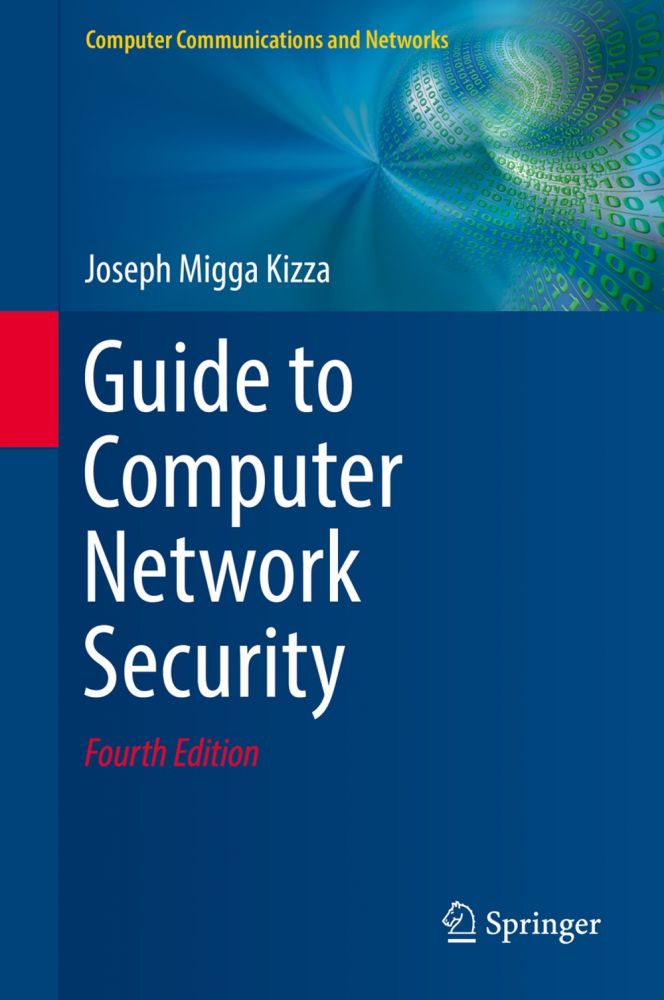


More recently, Russian hackers have been accused of tampering with voting systems in the 2016 U.S. You might have heard about the 2014 hacking of Sony Pictures’ network, which the FBI attributed to the North Korean government. Some are considered minor, with little loss of data or monetary resources, but many of them are considered major, or even catastrophic. Get hold of all the important CS Theory concepts for SDE interviews with the CS Theory Course at a student-friendly price and become industry ready.Computer security breaches are commonplace, and several occur around the world every day.
When the communication between the hosts is completed or the session times out then the IPsec tunnel is terminated by discarding the keys by both the hosts.Īttention reader! Don’t stop learning now. These packets are encrypted and decrypted by the hosts using IPsec SAs. Then the data is exchanged across the newly created IPsec encrypted tunnel. Now, the IKE Phase 2 is conducted over the secure channel in which the two hosts negotiate the type of cryptographic algorithms to use on the session and agreeing on secret keying material to be used with those algorithms. The channel created in the last step is then used to securely negotiate the way the IP circuit will encrypt data across the IP circuit. The Main mode which provides the greater security and the Aggressive mode which enables the host to establish an IPsec circuit more quickly. Then the IKE Phase 1 starts in which the 2 hosts( using IPsec ) authenticate themselves to each other to start a secure channel. The incoming packets are also checked by the host that they are encrypted properly or not. This is done when the system sending the packet apply an appropriate encryption. These packet traffic triggers the security policy for themselves. The host checks if the packet should be transmitted using IPsec or not. Packets which are not authorized are discarded and not given to receiver. This identifier then allows a device to determine whether a packet has been correct or not. The algorithm’s IP sec users produces a unique identifier for each packet. Internet Key Exchange (IKE) provides message content protection and also an open frame for implementing standard algorithms such as SHA and MD5. ISAKMP tells how the set up of the Security Associations (SAs) and how direct connections between two hosts that are using IPsec. The Key Management Protocol (ISAKMP) and Internet Security Association which provides a framework for authentication and key exchange. The Security Association (SA) establishes shared security attributes between 2 network entities to support secure communication. It is a network security protocol designed to dynamically exchange encryption keys and find a way over Security Association (SA) between 2 devices. It does not protect data’s confidentiality. The anti replay protection, protects against unauthorized transmission of packets. It also provides data integrity, authentication and anti replay and it does not provide encryption. It also provides authentication for payload. It provides data integrity, encryption, authentication and anti replay. To protect network data by setting up circuits using IPsec tunneling in which all data is being sent between the two endpoints is encrypted, as with a Virtual Private Network(VPN) connection. To provide authentication without encryption, like to authenticate that the data originates from a known sender. 
To provide security for routers sending routing data across the public internet. IPsec can be used to do the following things: The protocols needed for secure key exchange and key management are defined in it. It also defines the encrypted, decrypted and authenticated packets. The IP security (IPSec) is an Internet Engineering Task Force (IETF) standard suite of protocols between 2 communication points across the IP network that provide data authentication, integrity, and confidentiality. Network Devices (Hub, Repeater, Bridge, Switch, Router, Gateways and Brouter). Difference between Monoalphabetic Cipher and Polyalphabetic Cipher. Difference between Active Attack and Passive Attack. Active and Passive attacks in Information Security. Difference between Cyber Security and Information Security. Approaches to Information Security Implementation. Approaches to Intrusion Detection and Prevention. Secure Electronic Transaction (SET) Protocol. Difference between Secure Socket Layer (SSL) and Transport Layer Security (TLS). ISRO CS Syllabus for Scientist/Engineer Exam. ISRO CS Original Papers and Official Keys. GATE CS Original Papers and Official Keys.







 0 kommentar(er)
0 kommentar(er)
